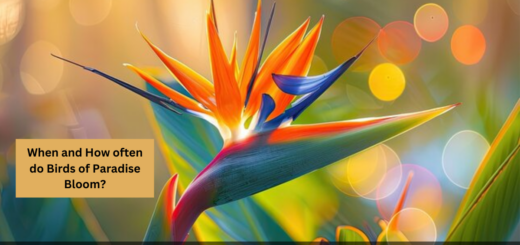Bird of Paradise light requirements: The Ultimate care guide
I bought a Bird of Paradise plant a month ago, and for a few days, it bloomed perfectly. However, I don’t know what happened, but it suddenly started to dry up. This was so disheartening for me, especially since I had spent time maintaining its green leaves, and getting this result was disappointing.
I went to the shopkeeper and asked why my plant died. There, I learned about how much light affects the Bird of Paradise. After receiving suggestions regarding light, I decided to try growing it again, and this time I was successful.
Here, I’ve explained every aspect that will help you maintain the right amount of light for your plant, ensuring it thrives. Let’s not waste time and make the Bird of Paradise bloom beautifully, like a bird with wings.
Quick takeaways:
- Bird of Paradise plants have large leaves and beautiful spiky, colorful blooms that look like bird wings.
- Providing the plant with indirect sunlight and watering weekly will make the bird of paradise bloom perfectly.
- Adding them to the house makes a bold focal point and gives a tropical touch wherever it grows.
- There is a need to provide them with a moderate level of maintenance to keep the plant healthy.
- They are native to tropical and subtropical areas of southeastern Africa.
- There are 5 recognized species of bird of paradise S. reginae, S. juncea, S. nicolai, S. caudata, and S. alba in which the first two are considered easiest to grow as houseplants.
- Bird of Paradise is considered toxic to dogs, cats, and horses.
Bird of Paradise Overview:
| GENUS NAME | Strelitzia |
| COMMON NAME | Bird of Paradise |
| PLANT TYPE | Houseplant, Perennial |
| LIGHT | Part Sun, Sun |
| HEIGHT | 6 to 30 feet |
| WIDTH | 3 to 5 feet |
| FLOWER COLOR | Orange, White, Yellow |
| FOLIAGE COLOR | Blue/Green, Gray/Silver |
| SEASON FEATURES | Spring Bloom, Summer Bloom, Winter Bloom |
| SPECIAL FEATURES | Cut Flowers, Good for Containers |
| ZONES | 10, 11 |
| PROPAGATION | Division, Stem Cuttings |
| PROBLEM SOLVERS | Deer Resistant |
Natural Light Requirements:
There is a saying “The bird of paradise plants crave for sunlight like a cat craves a warm lap. Hence here I’m explaining the amount of natural light required by Paradise Plant:
Bright, Indirect Sunlight:
- The key rule to keeping leafy plants happy is bright, indirect sunlight.
- The plant does handle direct sun but don’t give the plant too much light which will cause its leaves to curl up.
Medium Light Tolerance:
- They prefer to have medium light in which it glows perfectly but they are not total light snobs.
- The bird of paradise tolerates medium-light conditions but it will not be as vibrant or vivacious.
Seasonal Light Changes:
- With the seasons changing, light conditions also change.
- During the summer months, the plant does lap up for a longer time in daylight house but in winter months the days get shorter will makes them feel a bit lackluster.
Light Duration:
- The birds of paradise aren’t just sun worshippers but they’re sun marathoners.
- They need to have proper 6 hours of sunlight every day which will make them look pink.
Light Quality:
- Providing the light is not just about quantity it’s about the quality of light too.
- The light required by the plant should be bright but diffused, just an example, you are putting a soft filter on a harsh spotlight.
Light Direction:
- The light coming from east or south-facing windows is considered the best light direction.
- These spots will offer the plant with the best quality of light.
- The light is the main source for birds of paradise to thrive healthy.

Impact of Light on Flowering:
After making the bird of paradise perfect for growing in a cozy corner, everyone will wait for a moment that will burst into bloom. You might be waiting for months because there is no sign of iconic, flamboyant flowers so here light is considered the key to making the plant thrive best.
The Sunlight-Flower Connection:
- The bird of paradise is considered a diva when it comes to light production.
- They prefer to live in the limelight of bright, indirect sunlight.
- The birds of paradise are native to South Africa where they get a perfect amount of sunlight which makes them glow without getting scorched.
- Providing the plant with inadequate light will lead the plant to have a lack of flowering.
- Without Light, a bird of paradise will feel like trying to bake a cake without turning on the oven, in which you have all the ingredients and without having heat you will not get any cake.
Optimizing Light for Flowering:
What are ways that will help birds of paradise to get the right amount of light:
- The first rule is choosing the right location. Just place the plant near a window which will give the plant plenty of light but don’t keep it in direct sun’s path.
- The second step is to rotate the plant because if the plant is getting a bit lopsided due to leaning toward the light too much, make a quarter turn every week ensuring to give equal exposure to the plant that will not make the plant lean to one side only.
- The last step is to monitor the plant and if you find leaves are turning yellow or getting too scorched it means the plant is getting too much light. If you find the leaves getting small and pale it means the plant is craving for more light.
Note:
Treat your plant not just like a plant, it’s actually a performer, and providing the plant with the right lighting gives it a show-stopping view.
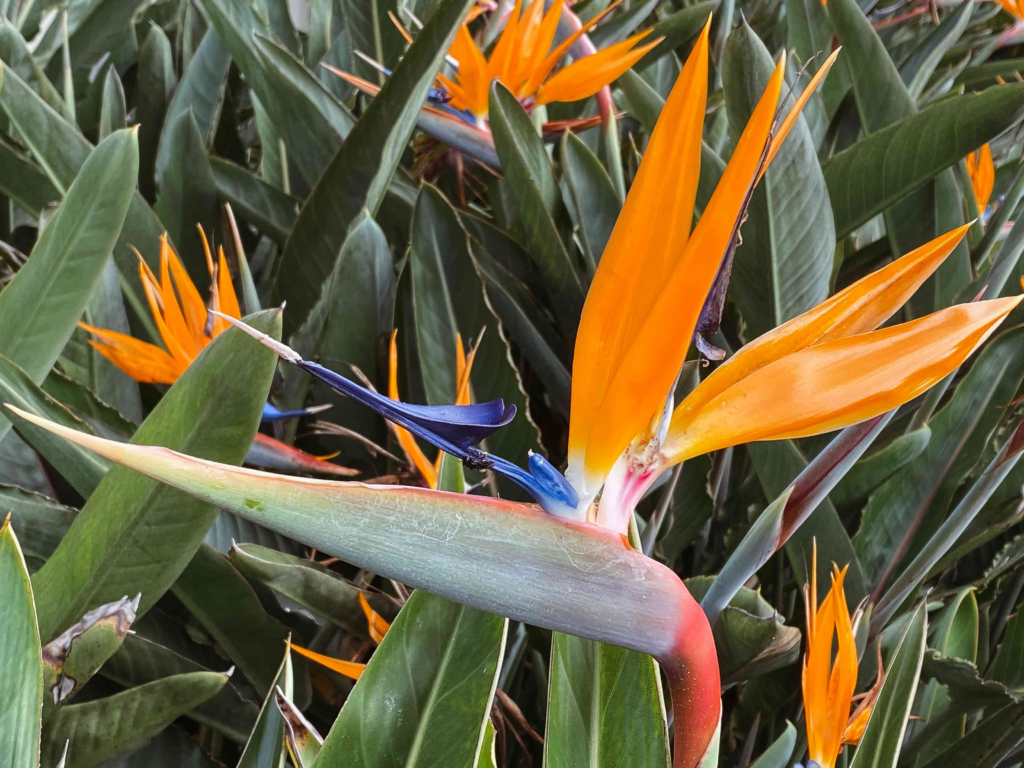
Indoor Light Management:
You know bright, indirect sunlight feels like having blood in a bird of paradise which feels like a plant having morning coffee but without having any caffeine jitters.
Location, Location:
- Placing them in an east, west, or south-facing window is like a plant’s prime real estate.
- You need to change the place seasonally to ensure optimal light exposure.
Legginess:
- In case the plants are looking leggy which means the plant is craving for more light.
- The plant with leggy growth indicates the plant is crying for help and getting stretched toward the light.
Flower Power:
- Wanting the bird of paradise to bloom then providing the adequate light is the key rule.
- The plant is remembered for indoor flowering which seems like a unicorn sighting.
The Cleaning Routine:
- The bird of paradise leaves are considered the solar panels of the plant.
- You need to keep the plant dust-free to maximize light absorption.
- To keep the leaf dust-free, clean it with a soak of cloth in water, add a dash of light soap, and then wipe each leaf of the plant.
- Make sure to wipe down the underside of the leaf of BoP.
The Dark Side of Light:
- The bird of paradise getting too much direct sunlight will make your plant suffer.
- The plant getting brown leaves is a sign that the plant is getting a light overdose.
- In case the plant is getting more browny just move the plant to a slightly shadier spot.
The Artificial Sun:
- The bird of paradise is considered a natural light scarce than you can consider growing lights.
- Having lights grow is like a sun in a box that gives a full spectrum of light similar to the sun’s rays.
- Don’t treat the bird of paradise just like a plant so treat it like a living piece of art that thrives best in the right light conditions. So, just make sure to adjust, monitor, and make it bloom perfectly.

Outdoor Light Considerations:
The bird of paradise plants are considered sun-loving divas that crave warm rays but this doesn’t mean providing them direct sun which will scorch the plant. So here are some outdoor light considerations you need to take care of:
Acclimating to Outdoor Light:
- In case you are thinking of transitioning plants outdoors, just keep the plant in a partially shaded area and then slowly shift it into more sunlight.
- It will feel like easing into a hot tub.
Protection from Intense Sun:
- It’s good for plants to enjoy a good sunbath session but just avoid giving intense light in the midday sun.
- Intense light will cause the plant to burn leaves, turning the plant into a desert.
Wind Exposure:
- You know the wind is considered a party pooper for birds of paradise.
- You need to protect the plant from strong winds that will damage the large dedicated leaves.
Benefits of Outdoor Light:
The following are some benefits of outdoor light:
- Outdoor light feels like a game changer for the plant that will make the plant have larger leaves and flowers that will make the plant a showstopper of the garden.
- Make sure to provide the plant with a consistent 4 to 6 hours of sunlight every day.
- Providing the Bird of Paradise with the great outdoors is quite challenging. Keep in mind it’s a diva, not a cactus so treat the plant accordingly.
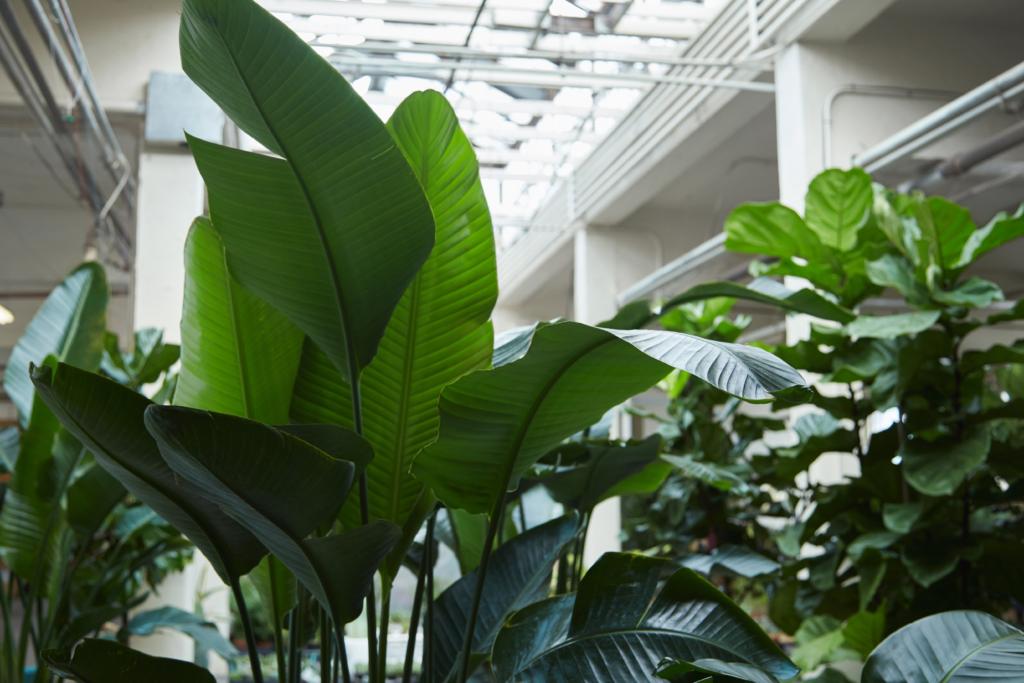
Supplementing Light:
Not all people indeed live in sun-drenched lofts having floor-to-ceiling windows so, in that case, what should a person do when the plant needs more sunlight? The answer is artificial light and here I’m going to talk about supplementing light:
Grow lights:
- Having to grow lights that mimic the full spectrum of sunlight will ensure the plant gets the light energy that will make it thrive best.
- Providing the plant with artificial light, just remember to balance the light because providing the plant with too much light will scorch the plant but with too little light make a bird of paradise look sad.
- The plant needs light and you should aim for 12 to 16 hours of light each day which is considered for both natural and artificial light.
While choosing a grow light you need to consider two main things:
- You need to choose a light intensity and spectral quality of grow lights.
- Select the artificial light that’s bright enough to make a difference but it shouldn’t be intense that will fry the plant leaves.
- Talking about spectral quality, you need to search for white light or a mix of red and blue light.
Note:
Every plant is considered different so you need to monitor Bird of Paradise closely and adjust the light condition accordingly. Just remember you’re not growing a plant, remember it’s like cultivating a relationship.
Let’s not get afraid of experimenting and choose a light that makes a bird of paradise bloom.
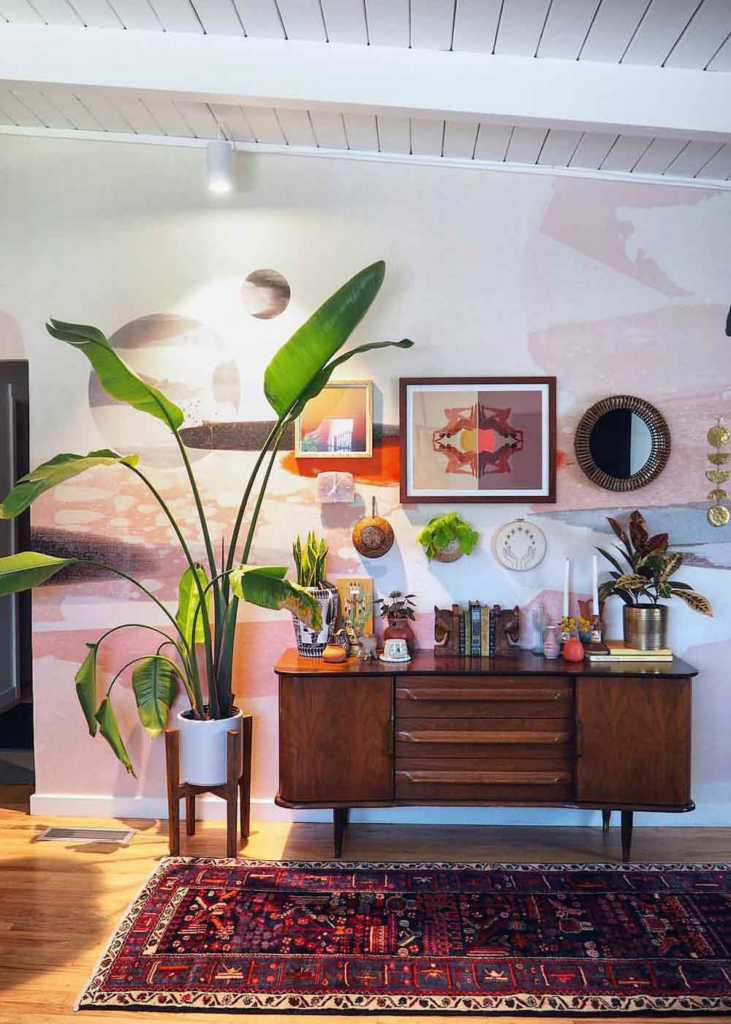
Optimal Light Conditions for White Bird of Paradise:
Here are some basic points explaining optimal light conditions for a white bird of paradise:
Outdoor Light Strategies:
- You need to maximize the light without making the bird of paradise turn into a crispy key to give light.
- Providing the plant with bright, indirect light is just the perfect spot.
- You need to keep the plant in east or west-facing locations where the plant gets perfect light.
- To prevent the leaf from scorching, just monitor the plant for dark spots or curling leaves.
- In all these conditions you need to adjust the plant’s position.
Monitoring Light Exposure:
- Keep rotating the plant to ensure even growth and avoid getting the plant to lean towards one side.
- Rotating feels like giving the plant a well-rounded education of sunlight in the school.
- You can use a sheer curtain that acts like a sunscreen for a leafy plant.
Indoor Light Solutions:
- Keeping the plant in south-facing windows feels like a VIP place for a bird of paradise to get light without burning them.
- In case you are not having any south-facing window you need to find the sunniest spots during the day.
Managing Light Intensity:
- For managing the light intensity use curtains or shade for diffusing harsh sun rays into a gentle glow.
- If you find brown and crispy leaf edges, it means the plant is dying for more humidity so here you need to mist or set a humidifier to make the to feel back to life again.
- Keep in mind it’s not just about survival it’s about thriving in which the right light makes the difference between a sad, droopy plant and a glorious, leafy showstopper plant.
- The Bird of Paradise plant having two lush green leaves needs to be planted in a light blue ceramic pot.
Enhancing Flowering Through Light Management:
The following are some ways to enhance flowering for light management:
Understanding Light’s Influence on Blooming:
- To enhance the bird of paradise flowering needs to maintain light duration and intensity.
- The birds of paradise are photoperiodic which means they rely on the length of day and night.
- Short days do induce flowering but others do require light for longer periods.
- The bird of paradise does bloom flowers in spring and summer so you need to mimic the natural conditions for blooming them perfectly.
Seasonal Light Changes and their Impact on Bloom Cycles:
- The light conditions change with the seasons change. Talking about winter days, it gets shorter potentially which just delays the flowering of the bird of paradise and during summer and spring, the days get longer thus encouraging natural blooming.
- Indoor plants bloom by manipulating the light conditions like using growing lights with timers that will help in simulating the desired photoperiod.
- Here you don’t need to worry about the quantity of light but it’s also about the quality of light.
- To manage the right spectrum for encouraging flowering in the bird of paradise. Using red wavelength is the most effective.
- Make sure to rotate the plant regularly to ensure equal light distribution and to prevent the get to have a lopsided appearance.
- In case the plant doesn’t bloom this means the plant needs to have more light and providing the plant with an excess amount of sunlight is detrimental thus causing the plant to scorch.
- You need to monitor the bird of paradise for responding to any light changes and adjust the plant accordingly.
- The main goal is to hit that spot where the plant gets the perfect amount of light, giving the plant coveted blooms.
- The bird of paradise in a white ceramic pot that is healthy does have vibrant green leaves showing slight browning on it.
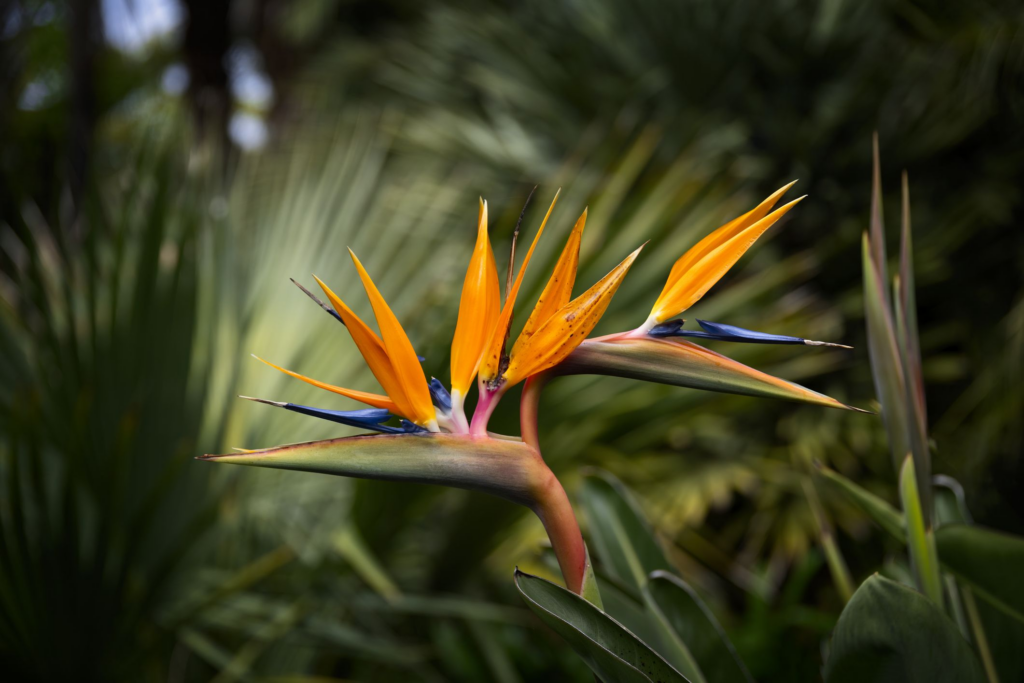
Grow Light Usage for Indoor Plants:
Here are some steps you need to follow for choosing a grow light for indoor plants:
Choosing the Right Grow Light:
- While selecting a grow light for a bird of paradise using LED lights must be your first choice.
- Led lights are energy efficient and don’t emit much heat with the full spectrum of light that is better for plants growing and blooming.
Types of Grow Lights Suitable:
- LEDs are considered supreme for indoor plant cultivation.
- They do come in various varieties but for best blooming choose full spectrum or white LEDs that mimic natural sunlight.
- Using red and blue wavelengths is beneficial and promotes foliage growth and flowering.
Positioning and Timing for Effective Grow Light:
- You need to keep the grow light about 12-24 inches above the plant and adjust it according to the plant’s growth.
- Just ensure the coverage evenly that will prevent leggy growth or leaf burning of the plant.
- Talking about timing just aim for 12-14 hours of light per day where you need to mimic the natural cycle in a day.
- You can use a timer to maintain a consistent schedule because it gets easy to forget to switch off lights on or off
Conclusion:
Here I’ve explained to you in detail how much light is important for birds of paradise to make them bloom perfectly. Just make sure to follow each instruction to make the plant deal with grow light that will act as a natural light source and make your plant thrive happily.

